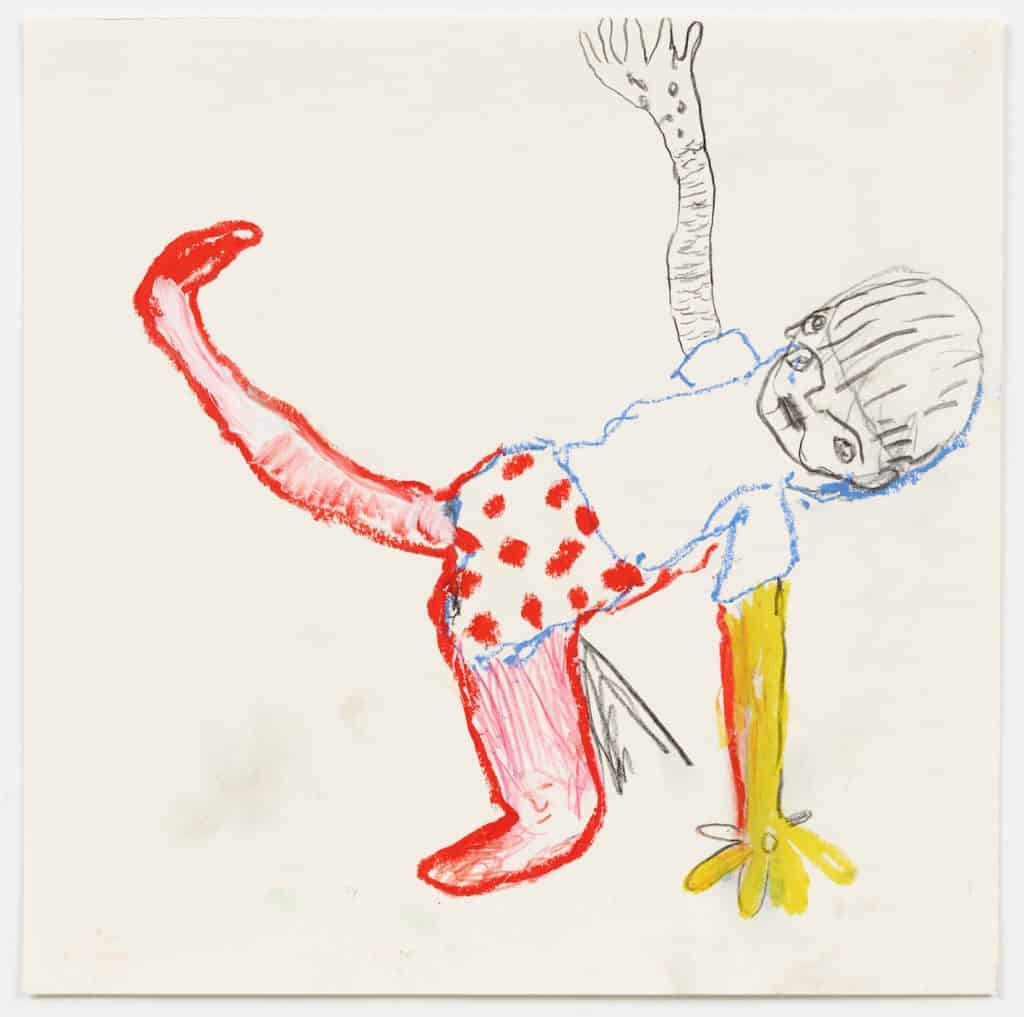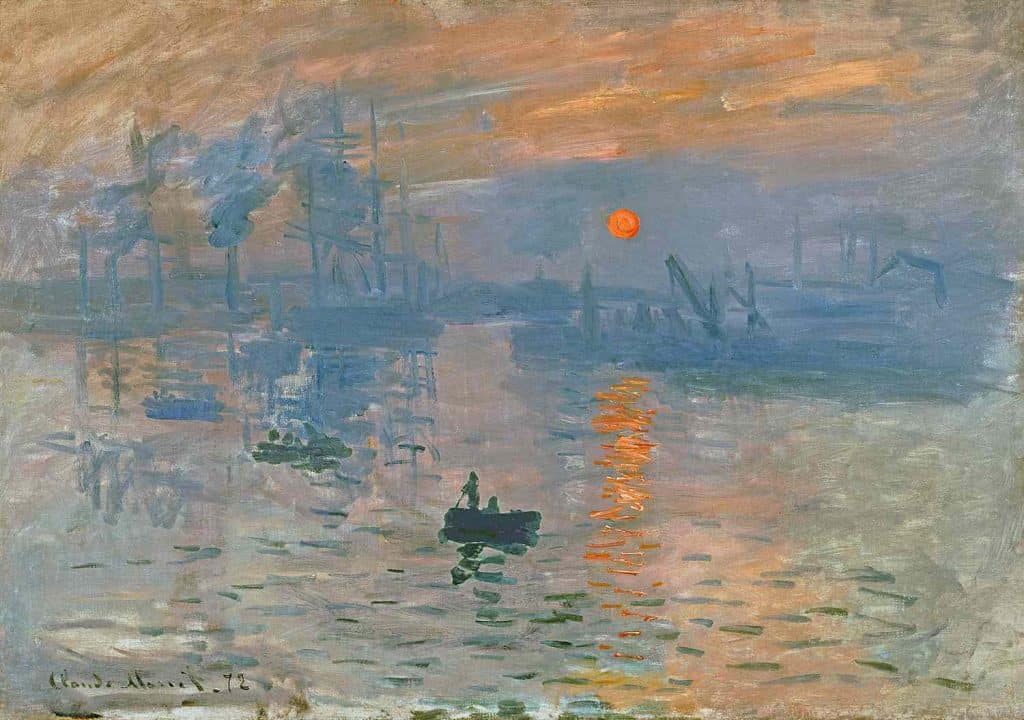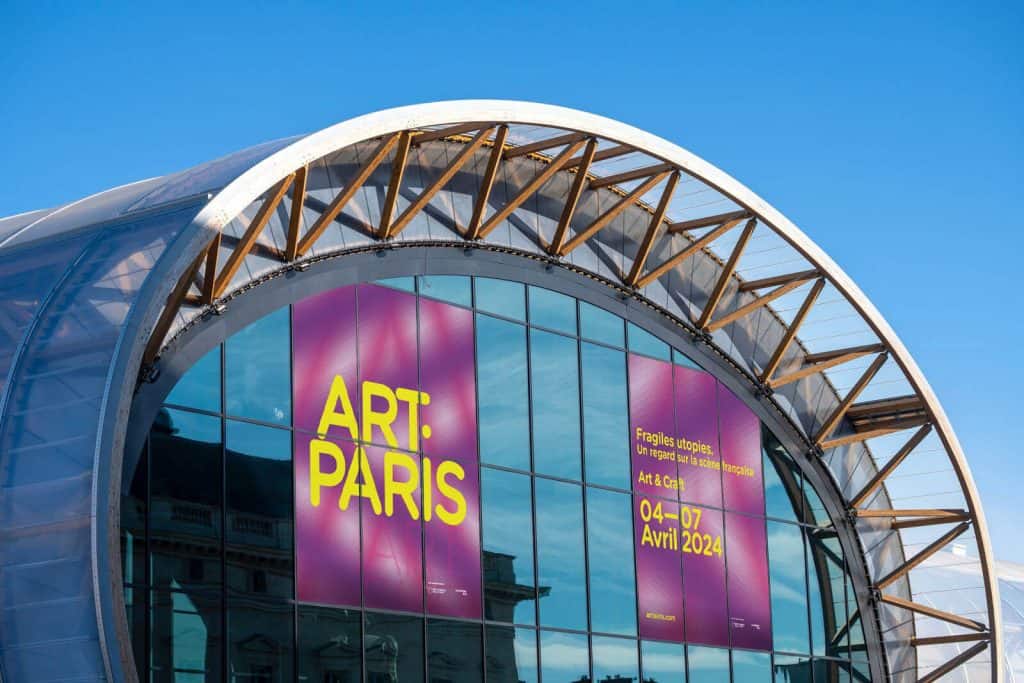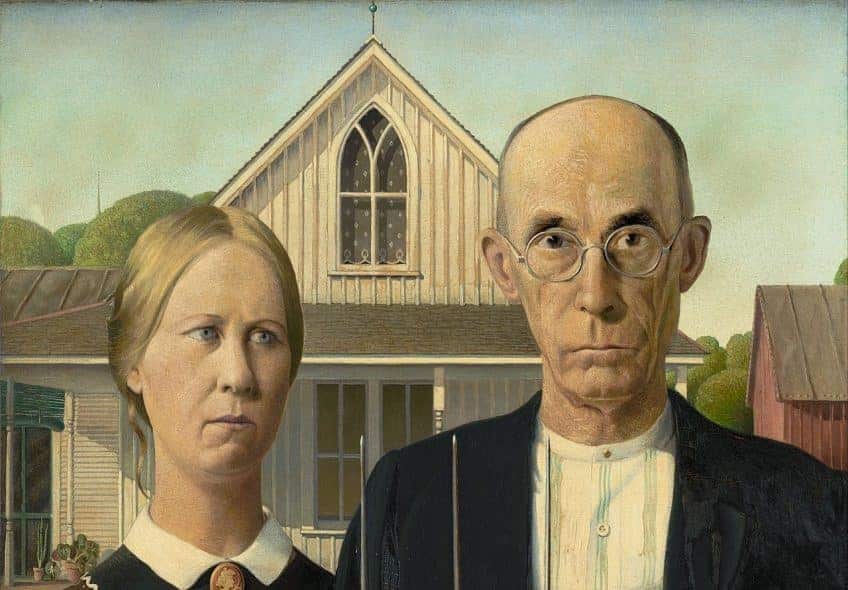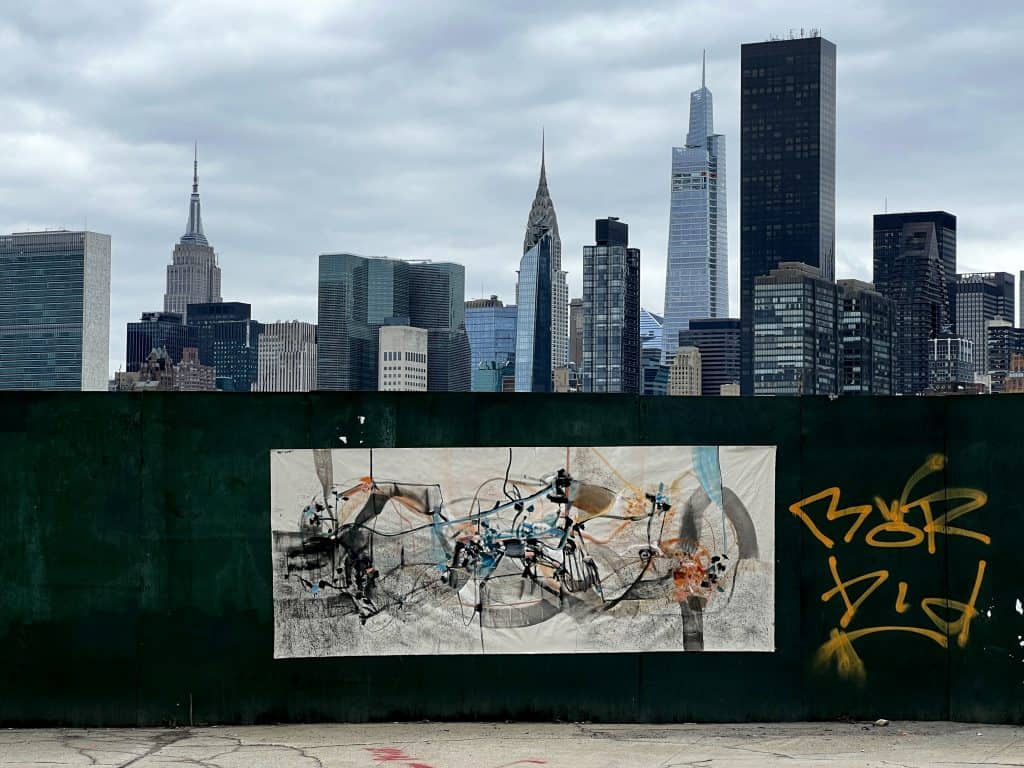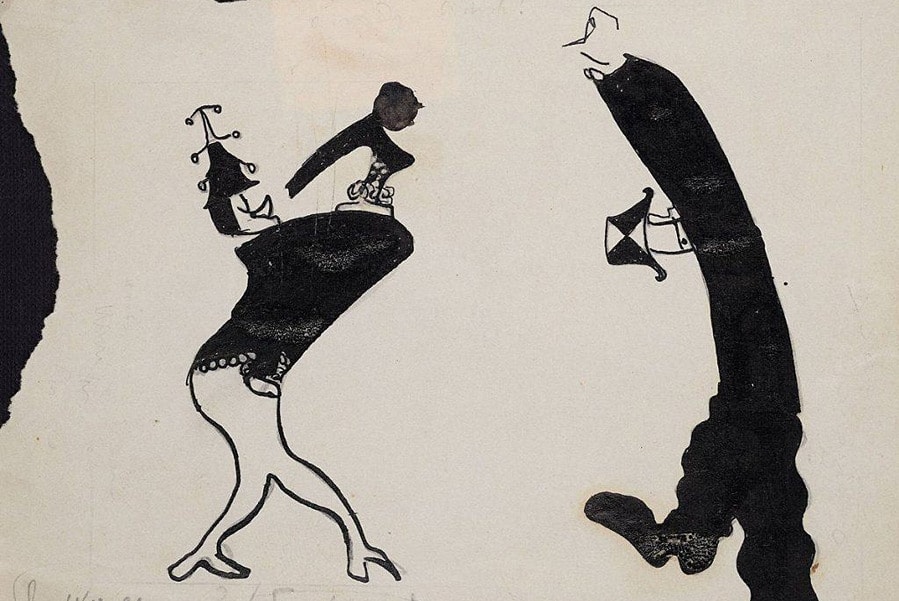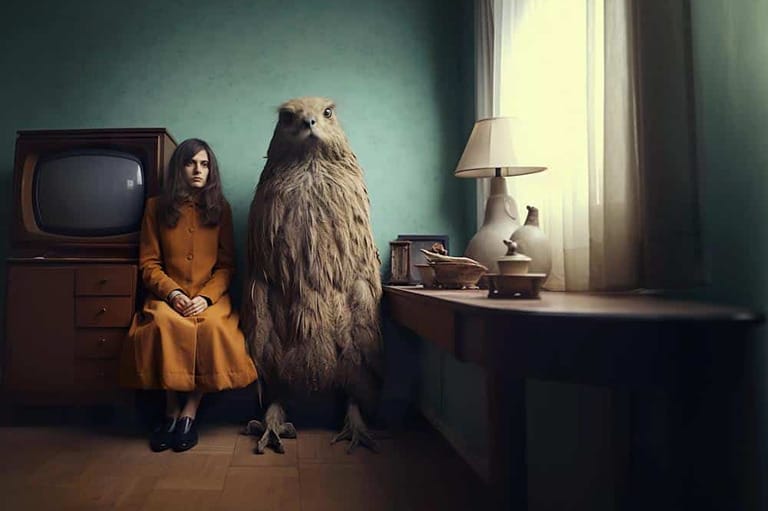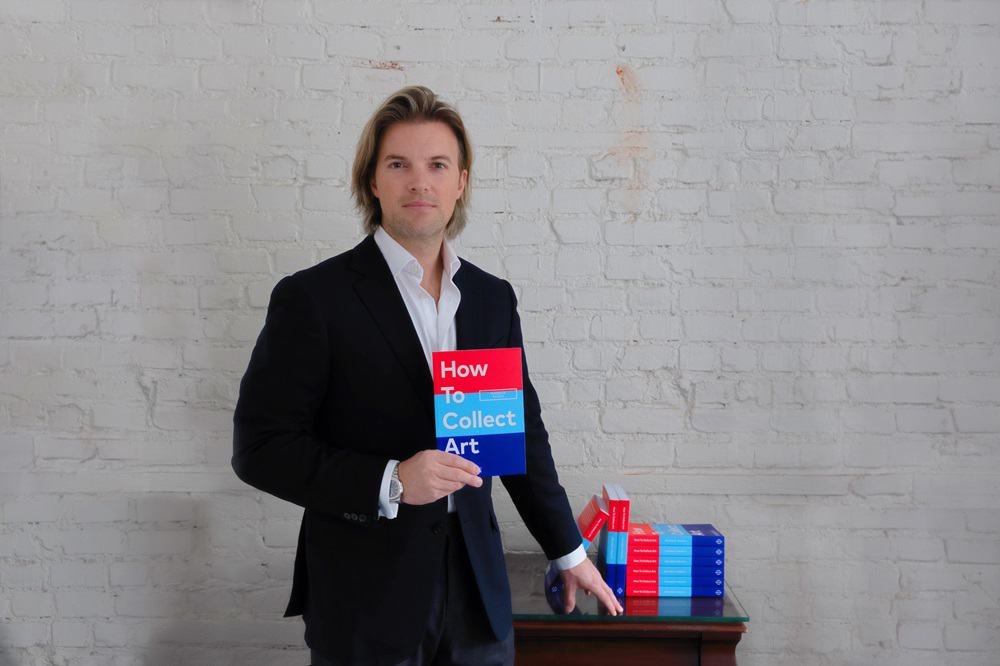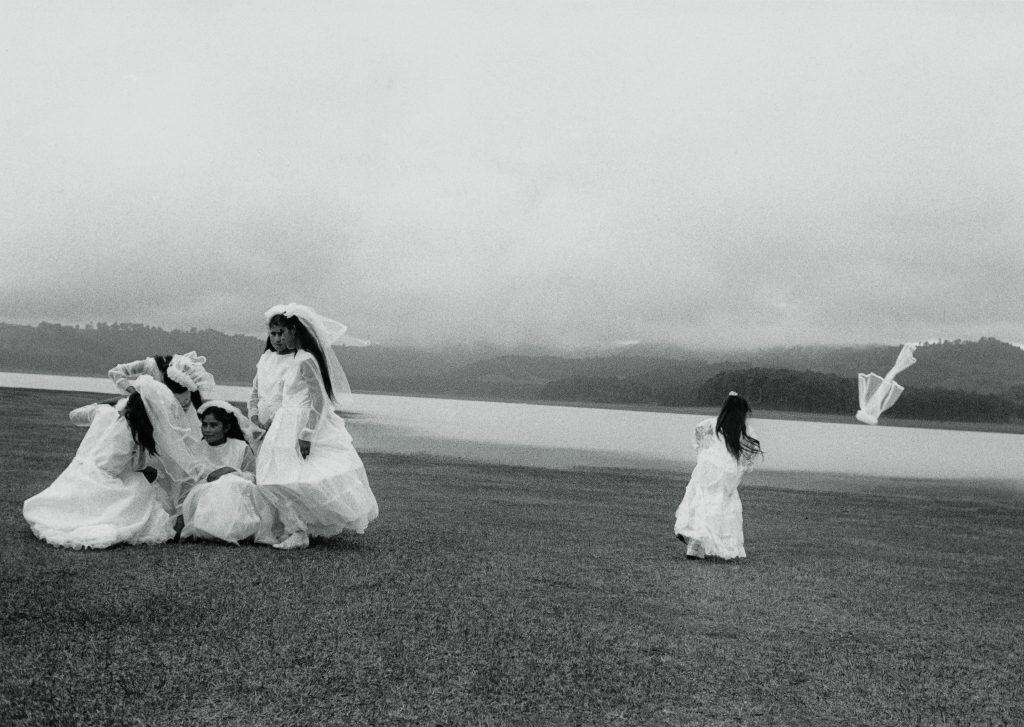Interview with Anne Schwarz from SCHWARZ CONTEMPORARY
Berlin-based gallery owner Anne Schwarz plays tennis, secretly dreams about moving to Warsaw, and stopped drinking 11 months ago which (considering the general assumption) is quite unusual for a gallerist. Anne, however, is no ordinary gallerist. Hence, the conversation between Anne and Artland’s Enrico Centonze did not fell out the usual way. Read the brutally honest interview about the business of being a gallerist, facing financial obstacles and digital challenges in an art world in constant change.
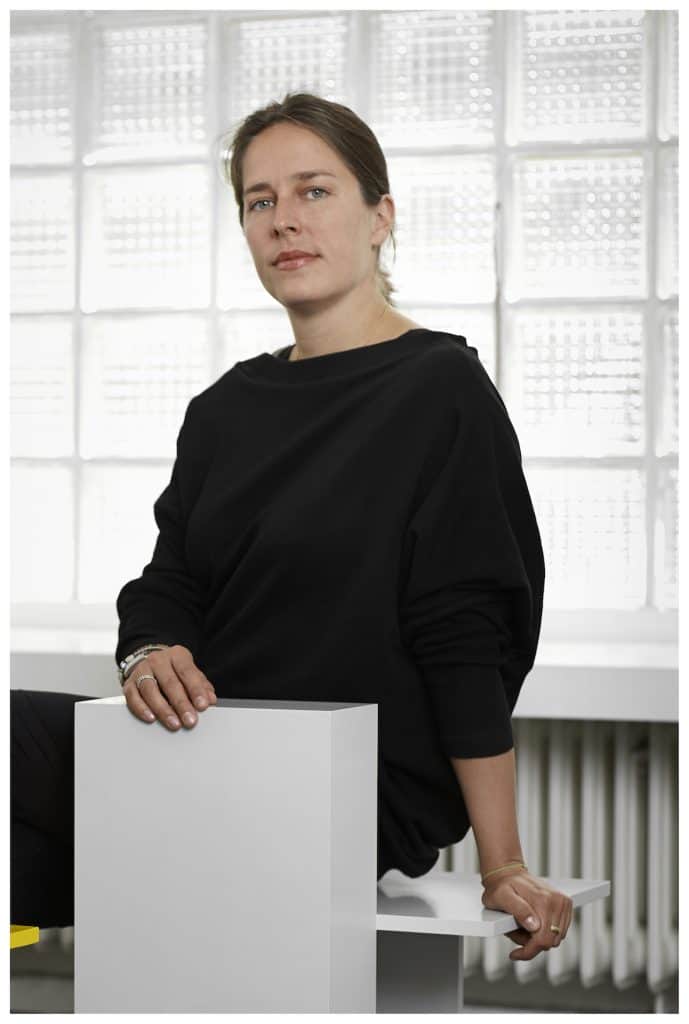
- Name: SCHWARZ CONTEMPORARY
- Location: Berlin, Germany
- Founded in year: 2011
- Number of artists represented: Five female, four male artist
- Upcoming exhibitions: Solo show with French, Berlin based artist Laurence Egloff (2017); solo show with Berlin based artist Johanna Jaeger (2018) and more to be announced soon
- Fairs attending: We have done many art fairs in the last six years, ARTISSIMA in Turin, MiArt in Milan, Art Rotterdam, OFFICIELLE in Paris, abc in Berlin, and NADA art fair in New York
What is your earliest memory of art and how did you end up as a gallerist?
Contemporary art that really amazed me and kept its place in my head and heart is an animated film by William Kentridge I saw in New York at the MoMA when I was still going to school in the late Nineties. I still admire some of Kentridge’s works and have actually just thought about his film when I saw a fascinating animated film by Amy Sillman in her current solo show at Capitain Petzel gallery here in Berlin.
What motivated you to open your own gallery in a very competitive and complex art world?
After having worked – in total for seven years – at two of the most prestigious galleries in Berlin, Max Hetzler and Contemporary Fine Arts, the decision to open my own space felt just very logic and, in general, the words ’competitive’ and ’complex’ do not scare me. If you work for somebody, you can of course never identify 100 % with the program you are not responsible for yourself. You might have to sell art you don’t personally like and then you have to pretend. And, honestly, it feels a bit strange to work as a ’gallerina’ when you are over a certain age.
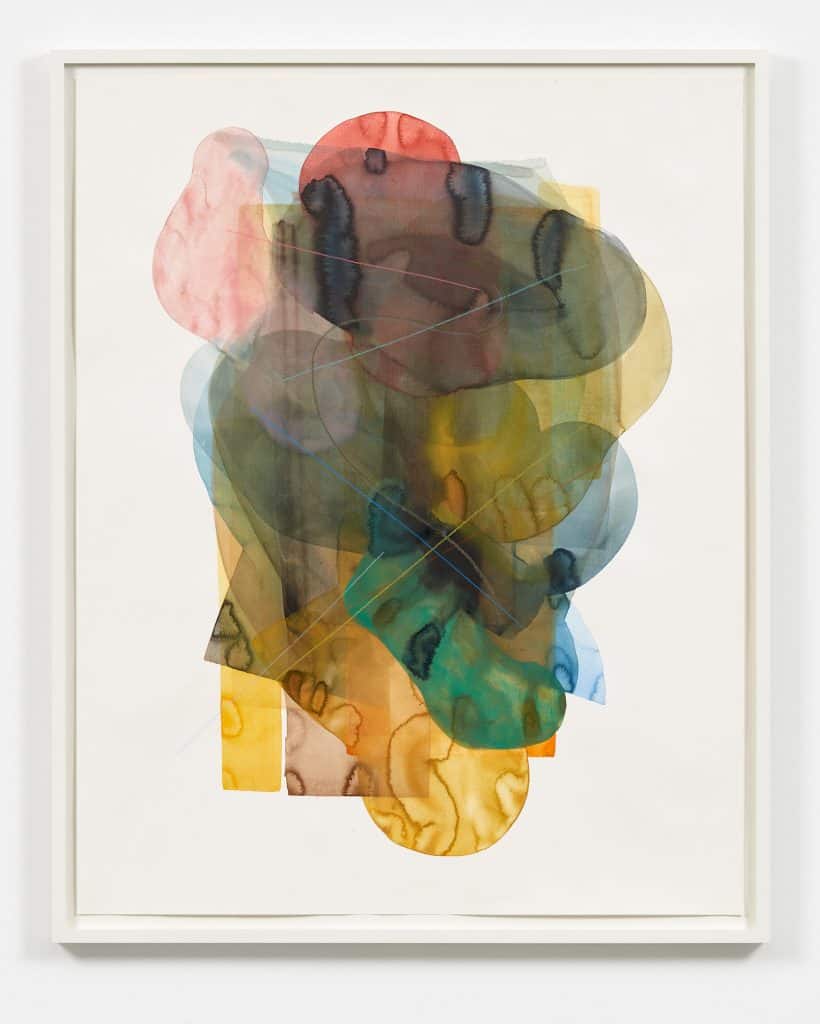
At OFFICIELLE, FIAC’s satellite fair, in Paris in 2015, you lost 15.000 Euro in four days, among other things due to a very limited number of audience. How did you feel about that and did this experience affect your willingness to take more chances?
Of course it is very frustrating when you invest a lot of time, thoughts, physical power, and money into a fair and the fair turns out to be just totally wrong. OFFICIELLE did influence me in my choice to reduce attending fairs almost completely. I don’t have anybody who massively pumps money into the gallery and I still want to be around in 2027. That’s why I have to be careful in the current situation and see where my preferences are: it’s definitely not fairs and I think that the current situation regarding ’fairs – young galleries’ is just insane. When gallerist Freymond-Guth closed his huge gallery space in Basel earlier this year, he wrote an open letter about the ’alienation’ of today’s art market. He joked sarcastically and said “Never been this old, fat, and broke before”. I think that this is a very true sentence for many many gallerists out there and that we should start to seriously think about fundamental changes.
Do you love or hate art fairs?
I have just come back from Paris where I went to see a solo show by German artist Marlon Wobst we represent and the two fairs that interested me, FIAC and Paris Internationale. I like fairs but I hated to be in the red after I had attended several fairs. Once, when we did NADA in New York with fresh paintings by Marlon, we sold them like hot cake, it was a huge success. And then, the following year, only very few people we got to know the previous year and that had been raving about Marlon’s work showed up – that was quite disappointing, you can’t work like that in a serious way. Or maybe you have to be patient, but the thing is that you can only be patient if you pump money into the business. A lot of money. And I think that that is something that goes completely wrong these days. I have several, very reliable and comitted collectors in the US but I meet them personally in New York, Berlin, Basel or elsewhere and then we do business.
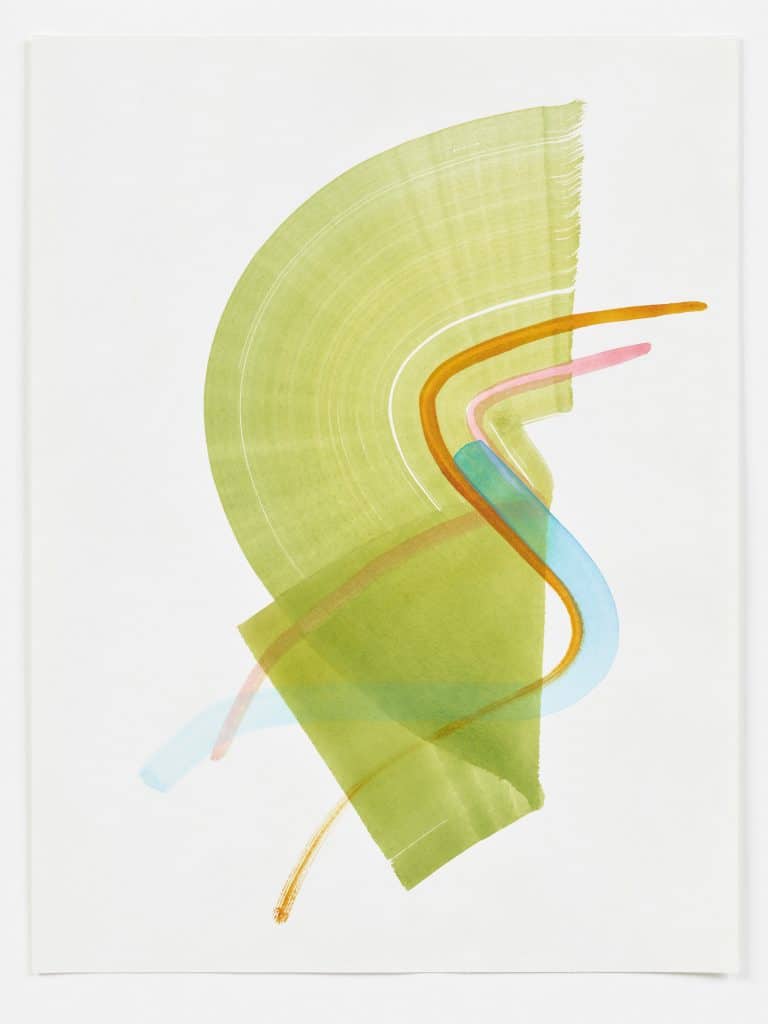
Running a gallery is not a walk in the park even though sipping white wine and traveling across the world seems like a rather good deal. However, reality is quite different for many midsize galleries. What is your survival strategies?
My strategy is not to waste too much time with gossip, work hard, and go on vacation for six weeks a year without seeing the gallery space or the artists and clients I work with. Going on vacation to a fancy place with collectors in Saint Tropez would kill me. I prefer hiking in the Alps and take a break to get some distance to the art world. Then I am motivated to dive into it again and work hard and travel a lot. I think one risks to unlearn the perception of the essential and powerful beauty of art if you are constantly wasted, drunk, or in a coma after the tenth art fair in a year!
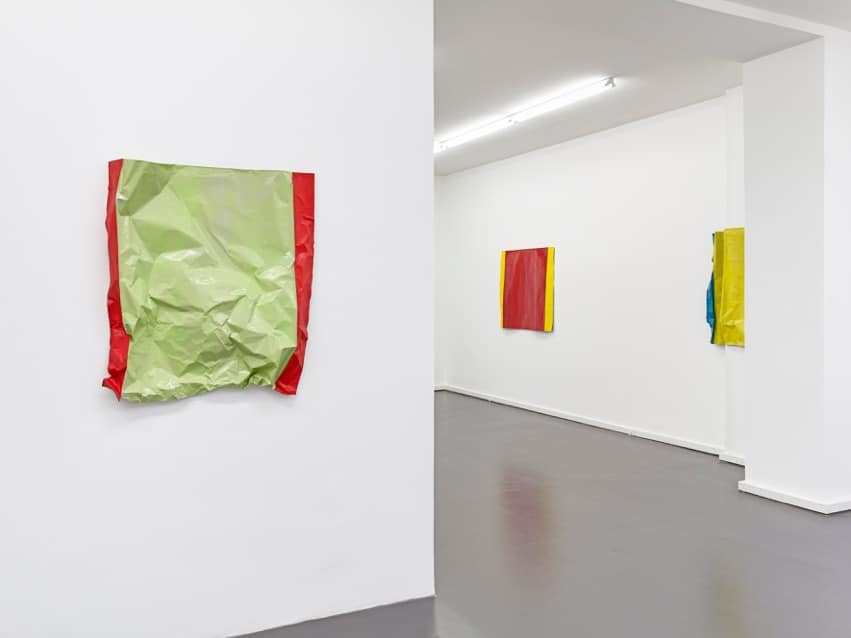
On a side note, how do you avoid alcohol in this business?
We just had to much Champagne at Contemporary Fine Arts where I worked as their gallery director (laughs). I love sipping white wine or a whiskey after work with Spanish, Berlin-based artist Pablo Alonso. He is a highly intelligent artist and also a connaisseur and it’s a lot of fun! But my answer to that is very simple: personally and in the long run, I couldn’t do what I am doing if I drank as much as I drank in the first ten years at work.
Digitalization changes the world and the way many galleries do business. You do not have a Facebook page. What are your reasons for that? How do you ‘pursue’ the next generation of art collectors?
It often happens that I mention articles or books to people and their answer is: yes! Interesting! I saw the article on Facebook but I haven’t read it yet! Facebook is total crap and, in my eyes, a total waste of time. So much superficial information. I think it is the opposite of what good art should really stand for. I can’t just be amused when I see colleagues celebrating their Egos on Facebook or comment serious things in life in a very inappropriate manner: all these RIP comments drive me mad. How do you feel when you read a brief comment by a gallerist on Instagram reacting to the death of another gallerist and then people LIKE that? Something really goes wrong here…
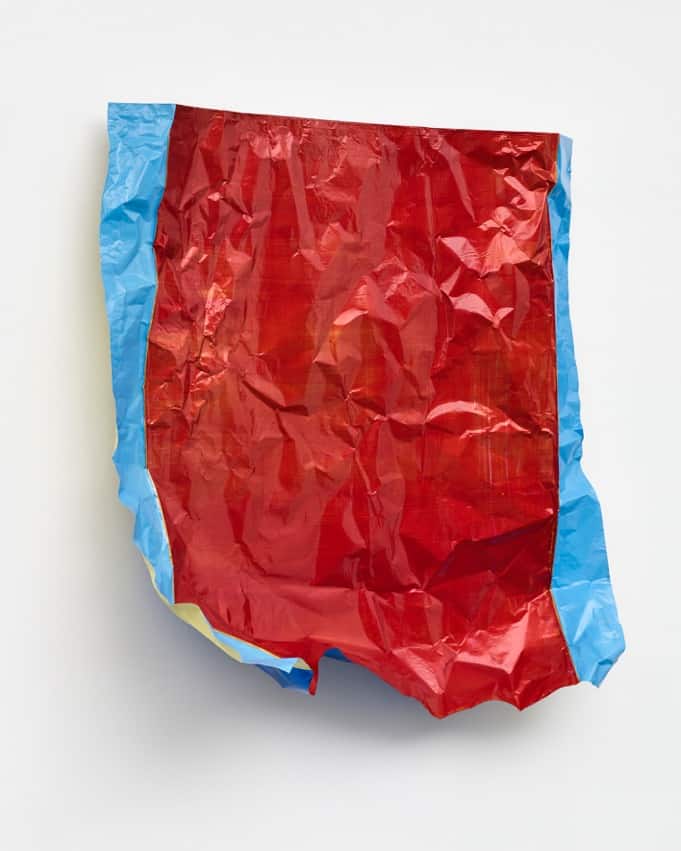
The habit to thank journalists or art critics through social media is obscene. I know it’s 2017 and this is the way things are. But if I thank a person, I express my gratitude to that person directly and not in public to be on display. The more people are on display, the less content they deliver. I meet my collectors for lunch, we meet in exhibitions, go to concerts and decide how to build up and arrange their collection in their private space. Acquisitions from museums do usually take more time and are not related to social media.
Did you love Being on Artsy?
I liked being on Artsy for a year, yes. But we sold only works that we would have sold in the gallery anyways and no long term relationship with a collector emerged from being on Artsy; from a cost-benefit point of view, it didn’t make sense for us and at some point we were also tired of entertain bored people who call themselves collectors and ask for prices and information by email and then never get back to you. Many people think that, if you haven’t met in person, there is no obligation in getting back to you or thanking you for the work you have done for them for free. My time is too precious for that kind of superficial relationship.
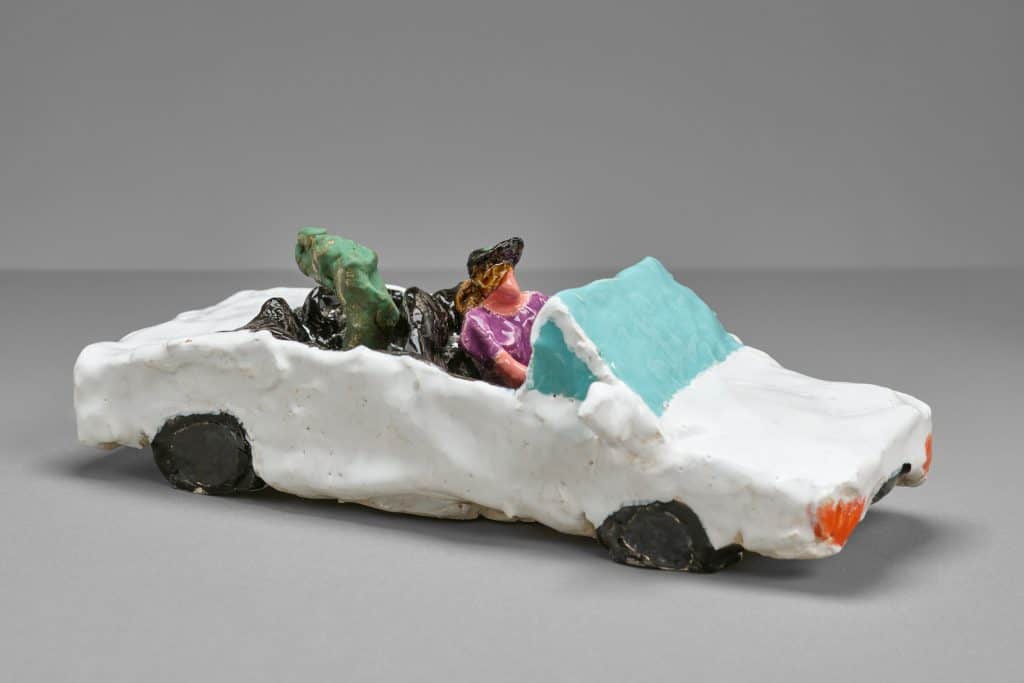
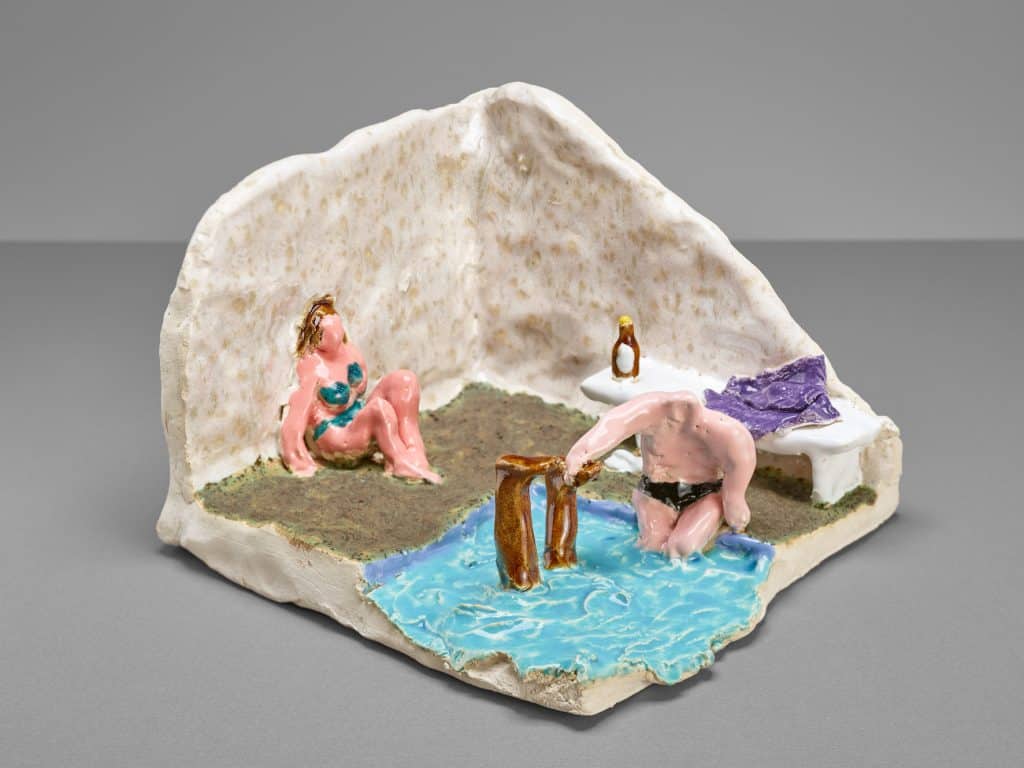
Gallerists often talk about how artists inspired them to pursue a career in the art world. Let’s flip the perspective. How do you inspire your artists?
I don’t think that I actually inspire the artists I work with. I elaborate concepts with the artist, I try to give them positive energy and motivate them and I am very reliable, sharp and critical. I don’t pretend to be the artists’ best friend and I always pay promptly.
It seems that you are just the right place with Berlin being one of the hottest metropolis for art. However, I have learned from unknown sources that you are dreaming about moving to Warsaw. Any truth to that?
Berlin is great and I absolutely love the city – every single day, and I have been living in Berlin since 2002. But the city is not as hot anymore, the nineties where loaded American collectors personally came to Berlin and did big art-shopping-tours several times a year are definitely over. From my point of view, our generation won’t be able to earn as much money in ten years as did the previous generation of top Berlin gallerists, who opened their spaces beginning of the Nineties.
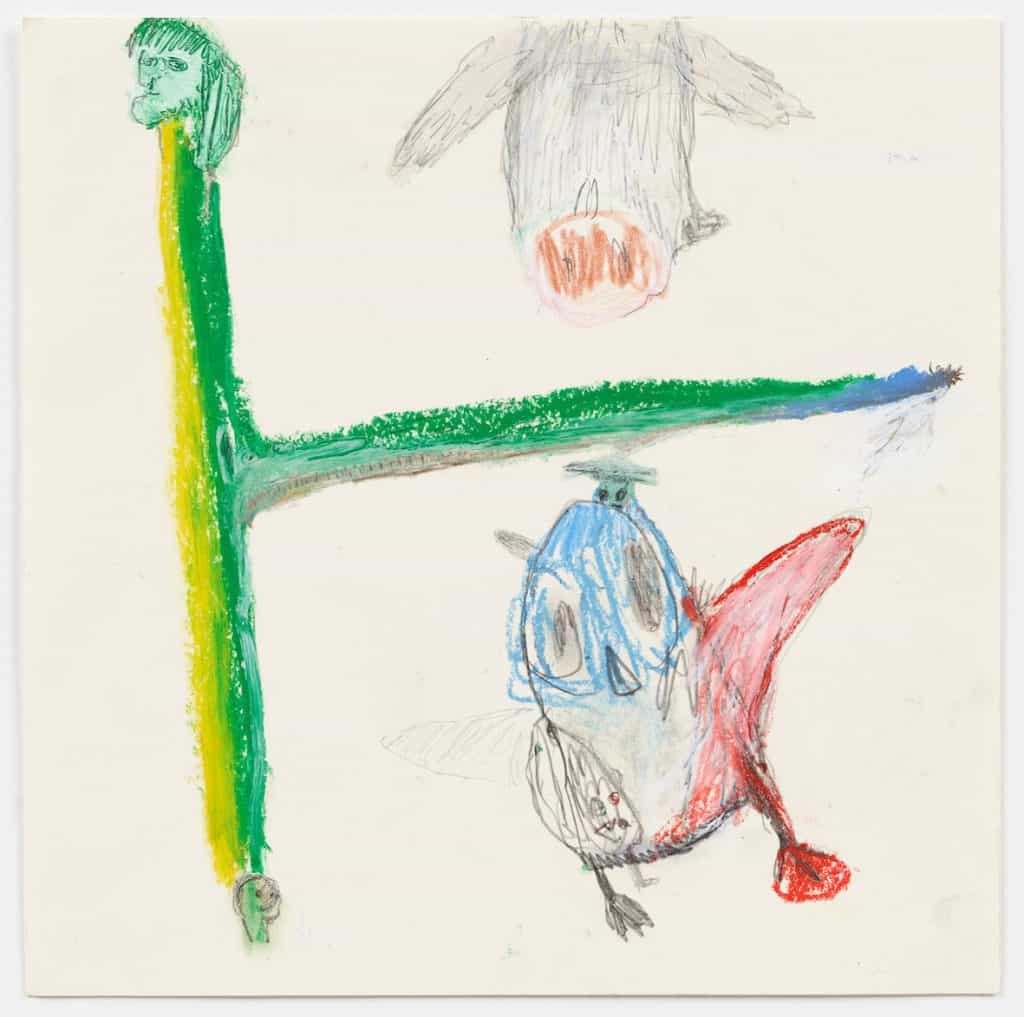
I have many Berlin-based collectors who spend between 5,000 and 50,000 Euros a year for art. That’s great for now. And maybe I’ll do business with Chinese or South Korean collectors in 2020? If I take a look at the last exhibition with works on paper by German artist Henrik Eiben: we sold works to collectors from Berlin, Basel, Cologne, and Melbourne. And I am 100 % sure that these works won’t appear in an auction within the next ten years, that’s the deal.
Warsaw…you have to have dreams…I warmly recommend Warsaw, I really enjoy being there, people are extremely open and friendly and the art scene is getting more and more interesting – even if it is still almost impossible to do serious business in Poland with young, not super well known German artists. So, unfortunately, I won’t be able to move there, I have to pay my bills.
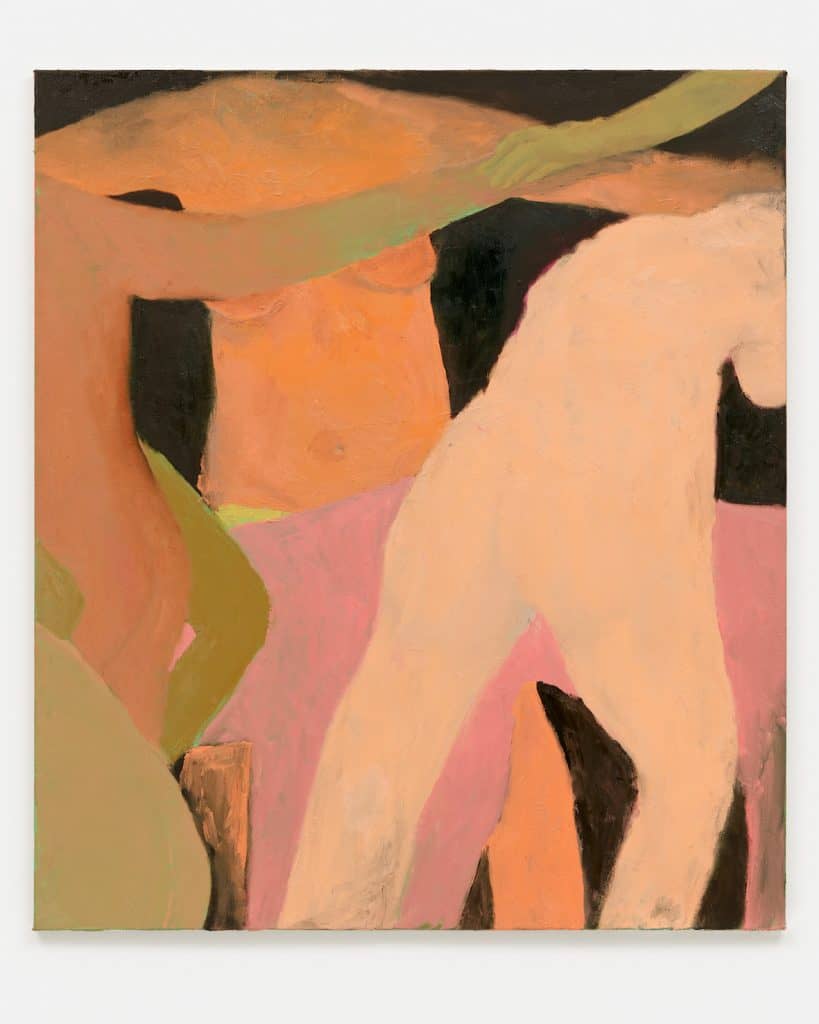
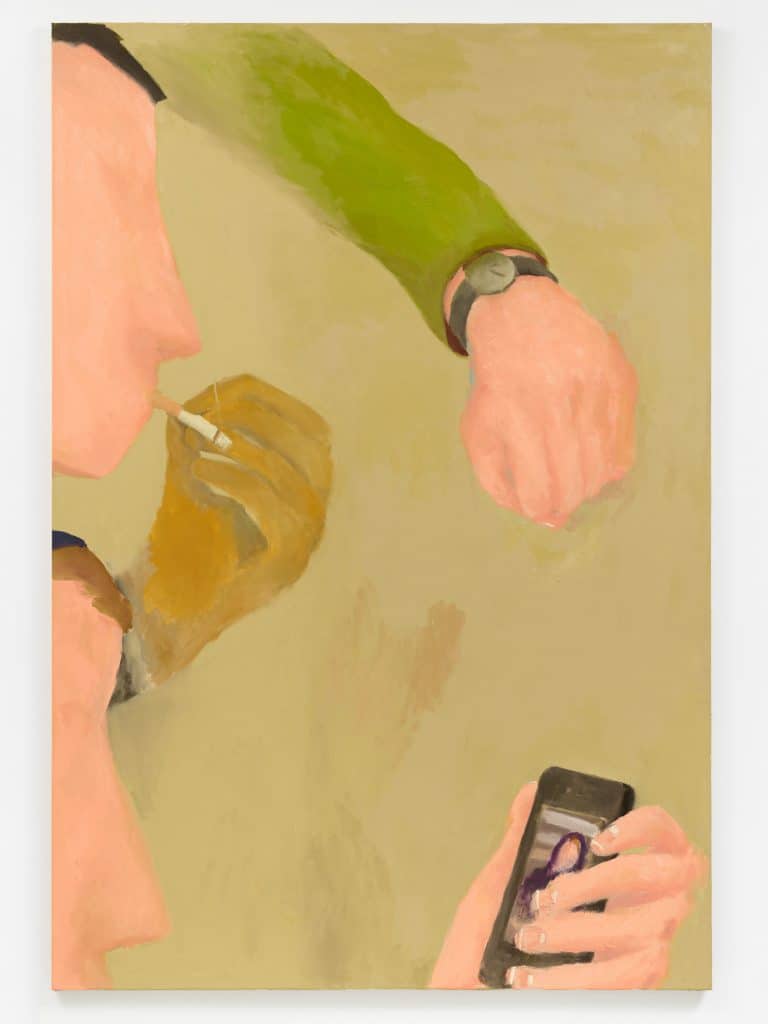
All sarcasm aside, what is the best thing about being a gallerist?
Being surrounded by fantastic art all the time, having to deal with artists who are tremendously creative and inquisitive. Curating and installing shows is just fantastic and a lot of work but fun.
So, what is coming up next? For you as an ‘unusual’ gallery? For the unusual art market that makes the world spin around in new, surprising ways?
I don’t consider myself an unusual gallerist. I am a serious gallerist with a relatively small turnover lucky to have contacts to fantastic artists, access to a great space with a low rent in Berlin. I hope to be around in 2027 still. My world spins around when I look at Janne Räisänen’s work. Janne is based in Berlin but originally from Lapland. I just catalogued a large number of drawings he made in the last two years and I am elated every single time. Although the artists I work with are quite young, I remain curious to see what the next generation creates. We will have a new young female artist on board in 2018 and I am looking forward to that.
